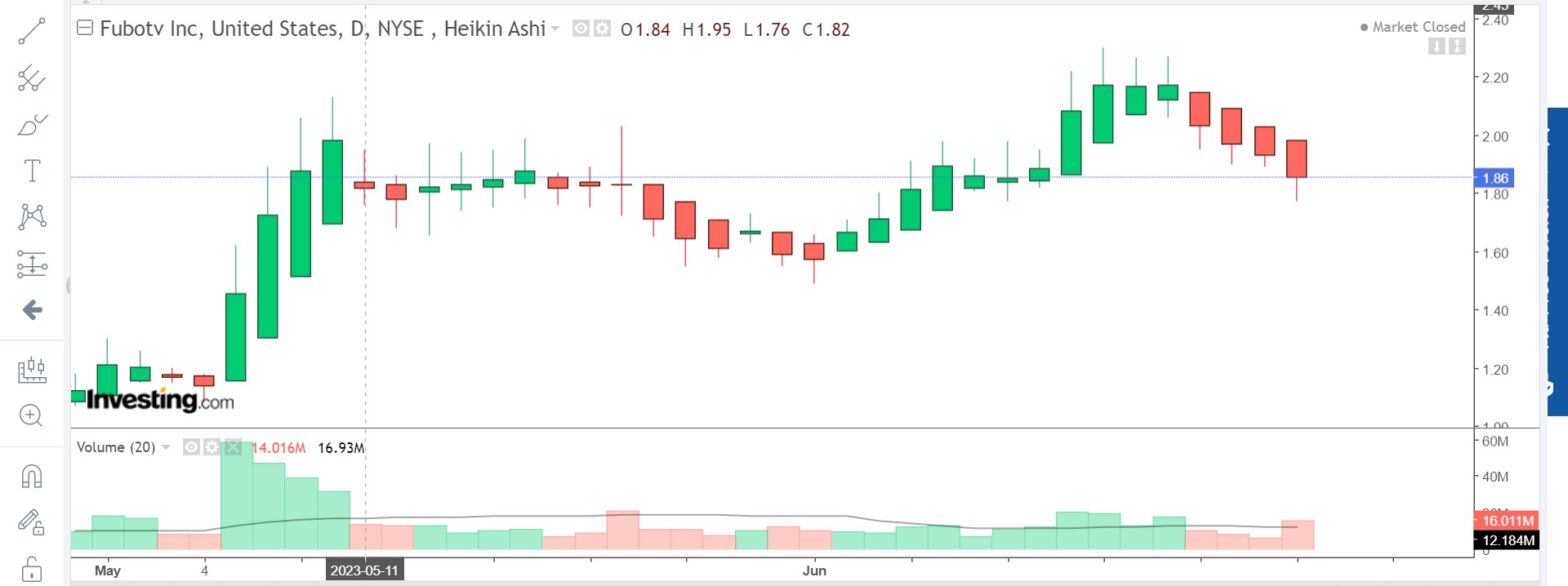Understanding Limit Orders
There are various order types that investors can utilize to execute their trades. One such order type is the limit order. In this blog post, we will look into the concept of limit orders, exploring their definition, functionality, advantages, and potential drawbacks. By the end of this article, you will have a solid understanding of how limit orders work and how they can be used effectively in your trading strategy.
I. Definition and Functionality of Limit Orders
A limit order is a type of order placed by an investor to buy or sell a security at a specific price or better. Unlike market orders that are executed immediately at the prevailing market price, limit orders allow traders to set a specific price at which they are willing to buy or sell a security. When the market reaches the specified price level, the limit order is triggered and executed.
Limit orders can be either buy limit orders or sell limit orders. A buy limit order is placed below the current market price, indicating that the investor is willing to purchase the security at a lower price than what it is currently trading at. On the other hand, a sell limit order is placed above the current market price, indicating that the investor is willing to sell the security at a higher price than its current value.
II. Advantages of Using Limit Orders
Using limit orders offers several advantages for traders:
1. Price Control: One of the primary benefits of using limit orders is that they provide investors with control over the execution price. By setting a specific price level, traders can ensure that their trades are executed only when favorable conditions are met.
2. Protection against Volatility: Limit orders protect investors from sudden market fluctuations by allowing them to specify their desired entry or exit points. This can be particularly useful during periods of high volatility when prices can change rapidly.
3. Avoidance of Slippage: Slippage refers to the difference between the expected price of a trade and the actual price at which it is executed. By using limit orders, traders can minimize slippage as they have a predetermined price at which they are willing to buy or sell.
4. Patience and Discipline: Limit orders encourage traders to be patient and disciplined in their approach. By waiting for the market to reach their desired price level, investors avoid impulsive decisions that may result in unfavorable trades.
III. Potential Drawbacks of Limit Orders
While limit orders offer numerous advantages, it is important to consider their potential drawbacks:
1. Execution Risk: Unlike market orders that are executed immediately, limit orders are not guaranteed to be filled. If the market does not reach the specified price level, the order may remain open indefinitely or until canceled by the investor.
2. Missed Opportunities: Setting strict price levels with limit orders may cause traders to miss out on potential opportunities if the market quickly moves in their favor without reaching their specified price.
3. Partial Fills: In some cases, limit orders may only be partially filled if there is insufficient liquidity at the specified price level. This can result in incomplete trades and potentially impact overall portfolio performance.
Limit orders provide traders with a valuable tool for executing trades at specific price levels. They offer control over execution prices, protection against volatility, and help minimize slippage. However, it is crucial for investors to consider the potential drawbacks such as execution risk and missed opportunities when utilizing limit orders in their trading strategies. By understanding how limit orders function and weighing their pros and cons.
Simon Frandsen / Pyjamastraders




